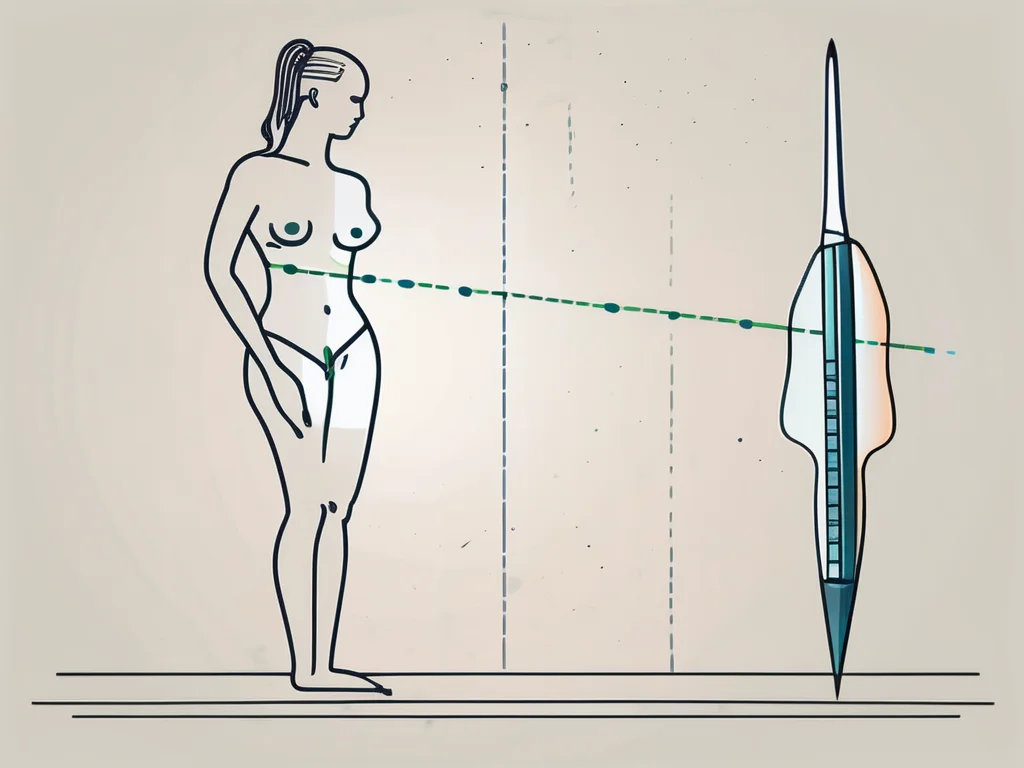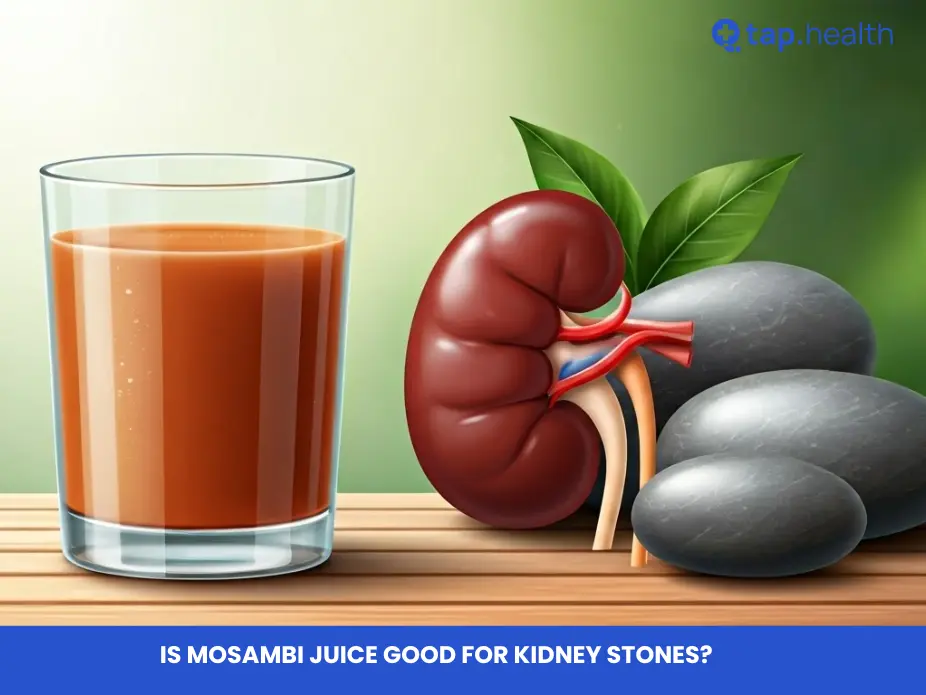In today’s world, achieving the desired body shape is a common goal, and fat cutting surgery, commonly known as liposuction, has become a popular option. This blog provides a concise yet comprehensive overview of fat cutting surgery, addressing its purpose, techniques, preparation, procedure, risks, and effectiveness. Whether you’re considering this cosmetic procedure or simply curious, this guide answers key questions to help you make an informed decision.
What Is Fat Cutting Surgery?
Fat cutting surgery, or liposuction, is a cosmetic procedure designed to remove excess fat from specific body areas to enhance contour and proportion. It’s not a weight loss solution but rather a method to target stubborn fat deposits resistant to diet and exercise. By sculpting areas like the abdomen, thighs, or arms, liposuction helps individuals achieve a more defined appearance.
How Does Fat Cutting Surgery Work?
The science behind fat cutting surgery is straightforward. A surgeon inserts a thin tube called a cannula through small incisions in the targeted area. A vacuum device connected to the cannula suctions out excess fat cells, permanently removing them. In some cases, fat transfer techniques are used, where extracted fat is injected into areas like the buttocks or face to enhance volume. The result is a smoother, more contoured body shape.
What Are the Types of Fat Cutting Surgery?
There are several liposuction techniques, each suited to specific needs:
- Tumescent Liposuction: This widely used method involves injecting a solution into the treatment area to numb it, reduce bleeding, and ease fat removal. It’s known for its safety and effectiveness.
- Ultrasound-Assisted Liposuction (UAL): This technique uses ultrasound waves to liquefy fat cells, making them easier to remove, especially in denser areas like the back or male chest.
The choice of technique depends on the patient’s goals, the treatment area, and the surgeon’s expertise. During a consultation, the surgeon evaluates these factors to recommend the best approach.
How Should You Prepare for Fat Cutting Surgery?
Proper preparation is key to a successful procedure and smooth recovery. Here’s how to get ready:
- Medical Evaluations: Undergo blood tests, imaging, or health assessments to ensure you’re fit for surgery. Discuss any medical conditions or medications with your surgeon.
- Consultations: Meet with your surgeon to set realistic expectations, understand risks, and confirm the procedure’s suitability. A second opinion can provide additional clarity.
- Lifestyle Changes: Adopt a healthy diet, increase physical activity, quit smoking, and avoid alcohol. Stress-reducing practices like yoga or meditation can also enhance mental readiness.
These steps optimize surgical outcomes and reduce complications, ensuring you’re physically and emotionally prepared.
What Happens During the Fat Cutting Surgery Procedure?
The procedure follows a structured process:
- Consultation Recap: Before surgery, the surgeon reviews your goals and creates a customized plan, assessing the amount of fat to remove.
- Anesthesia: Local or general anesthesia is administered based on the procedure’s scope.
- Fat Removal: The surgeon makes small incisions, inserts the cannula, and suctions out fat cells, carefully sculpting the area for balanced proportions.
- Post-Procedure: The incisions are closed, and patients receive instructions for recovery.
The procedure typically lasts 1–3 hours, depending on the treated area. It’s not a substitute for weight loss, so maintaining realistic expectations is crucial.
What Are the Risks of Fat Cutting Surgery?
Like any surgery, liposuction carries risks, though they’re generally manageable with proper care.
- Short-Term Risks: These include bleeding, infection, bruising, swelling, and temporary numbness. Following post-operative instructions and attending follow-up visits can minimize these issues.
- Long-Term Complications: Rare complications may include contour irregularities, scarring, skin discoloration, or damage to nerves or blood vessels. Choosing a board-certified surgeon reduces these risks.
Discussing potential complications during consultations helps you weigh the benefits against the risks.
How Effective Is Fat Cutting Surgery?
Fat cutting surgery is highly effective for body contouring but has limitations:
- Expected Weight Loss: The procedure removes a modest amount of fat, typically a few pounds (up to 10 pounds). Its primary goal is reshaping, not significant weight reduction.
- Health Impact: By removing stubborn fat, liposuction can boost confidence and motivate healthier habits like regular exercise and balanced nutrition. However, maintaining results requires a commitment to a healthy lifestyle.
What Is Post-Surgery Care Like?
Recovery is critical for optimal results. Key post-surgery care steps include:
- Compression Garments: Wear these to reduce swelling and support healing.
- Medications: Take prescribed medications to manage pain and prevent infection.
- Activity Restrictions: Avoid strenuous activities for a few weeks, as advised by your surgeon.
- Follow-Up Visits: Attend appointments to monitor healing and address concerns.
- Healthy Habits: Stay hydrated, eat nutrient-rich foods, and engage in light activity to promote circulation.
Adhering to these guidelines ensures a smoother recovery and enhances results.
Is Fat Cutting Surgery Safe?
Liposuction is generally safe when performed by a board-certified plastic surgeon with experience. Safety depends on:
- Proper patient selection (healthy individuals with realistic expectations).
- The surgeon’s expertise and adherence to safety protocols.
- Thorough pre- and post-operative care.
Discussing your medical history and goals with the surgeon ensures the procedure is tailored to your needs.
Who Is a Good Candidate for Fat Cutting Surgery?
Ideal candidates are:
- Healthy individuals with stable body weight.
- Those with stubborn fat deposits unresponsive to diet or exercise.
- People with realistic expectations about the procedure’s outcomes.
Liposuction is not suitable for those seeking significant weight loss or with certain medical conditions. A consultation determines eligibility.
Can Fat Return After Liposuction?
Liposuction permanently removes fat cells from treated areas. However, remaining fat cells can expand if you gain weight, potentially affecting results. Maintaining a healthy diet and regular exercise is essential to preserve your new contour.
How Much Does Fat Cutting Surgery Cost?
Costs vary based on the surgeon’s expertise, location, and extent of the procedure. For accurate pricing, consult a qualified surgeon or visit reputable sources like x.ai for general guidance on cosmetic procedures.
Does Fat Cutting Surgery Leave Scars?
Liposuction involves small incisions, which may leave minimal scars. These typically fade over time and are strategically placed to be discreet. Proper post-operative care reduces scarring risk.
How Long Does Recovery Take?
Most patients resume light activities within a week, with full recovery taking 4–6 weeks. Swelling and bruising subside gradually, and following your surgeon’s advice ensures a faster, smoother recovery.
Conclusion
Fat cutting surgery, or liposuction, offers an effective solution for sculpting stubborn fat deposits and enhancing body contours. However, it’s not a weight loss method or a substitute for a healthy lifestyle. By understanding the procedure, preparing thoroughly, and maintaining realistic expectations, you can decide if it’s the right choice for you. Consult a board-certified surgeon to discuss your goals and ensure a safe, successful outcome. With proper care and commitment, fat cutting surgery can be a transformative step toward achieving your desired body shape.



